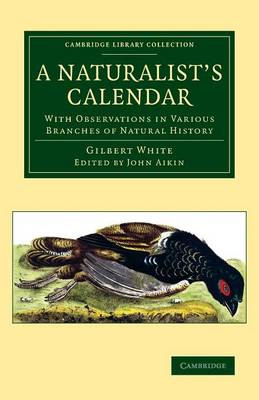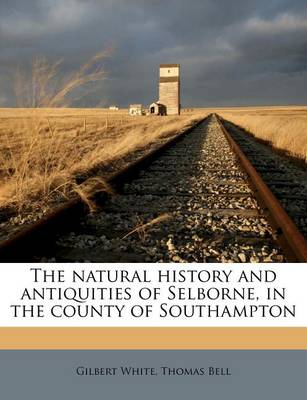Cambridge Library Collection - Zoology
2 total works
The naturalist Gilbert White (1720–93) was known for his meticulous observations of flora and fauna in their natural environment, primarily around his village of Selborne in Hampshire. This posthumous 1795 publication, edited by the physician and writer John Aikin (1747–1822), comprises a collection of extracts from White's previously unpublished papers from 1768 to his death. Presented here for 'lovers of natural knowledge' is a full year of White's observations. Following the month-by-month record of natural events, the book contains brief studies of birds, quadrupeds, insects, plants and the weather. A lifelong lover of the outdoors, White had kept a near daily record of his activities for more than forty years. Regarded as one of the fathers of ecology, inspiring others to appreciate the natural world, White is best known for The Natural History and Antiquities of Selborne (1789), which is also reissued in the Cambridge Library Collection.
The Natural History and Antiquities of Selborne, in the County of Southampton
by Gilbert White and Thomas Bell
Published 19 May 2008
Gilbert White (1720-1793) published his Natural History and Antiquities as one volume in 1789. Both works consist of a series of letters written by White to the barrister Daines Barrington (1727-1800) and the zoologist Thomas Pennant (1726-1798). The letters in Natural History, White's best-known work, contain detailed information about his observations of local flora, fauna and wildlife. White was a pioneer of the study of birds and animals in their natural habitats, rather than as specimens removed from their environments. His methods of observation enabled him to identify and record many previously unknown species. (He was the first, for example, to distinguish the chiffchaff from the warbler by differences in song.) The letters in Antiquities are concerned with the topographical, social and ancient history of Selborne. They include details of important Roman coin finds and are an indispensable source for the history of local churches and buildings.

